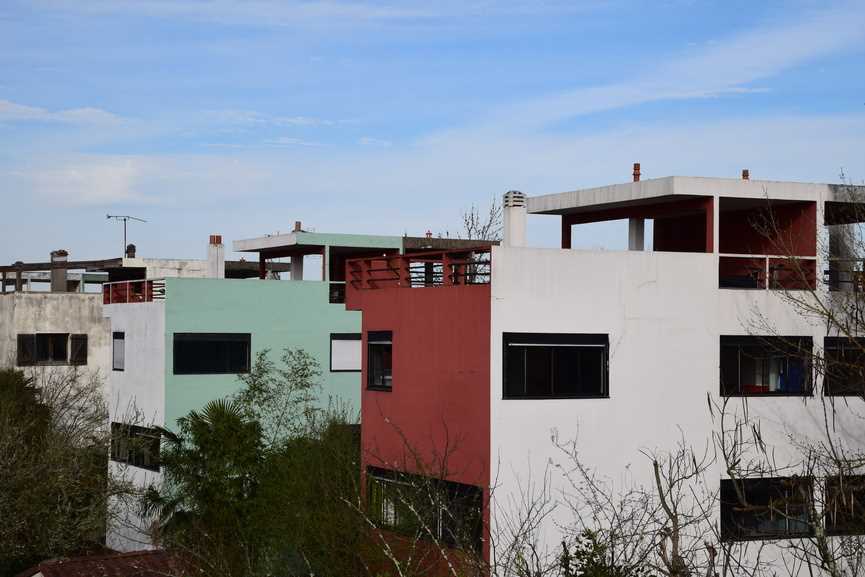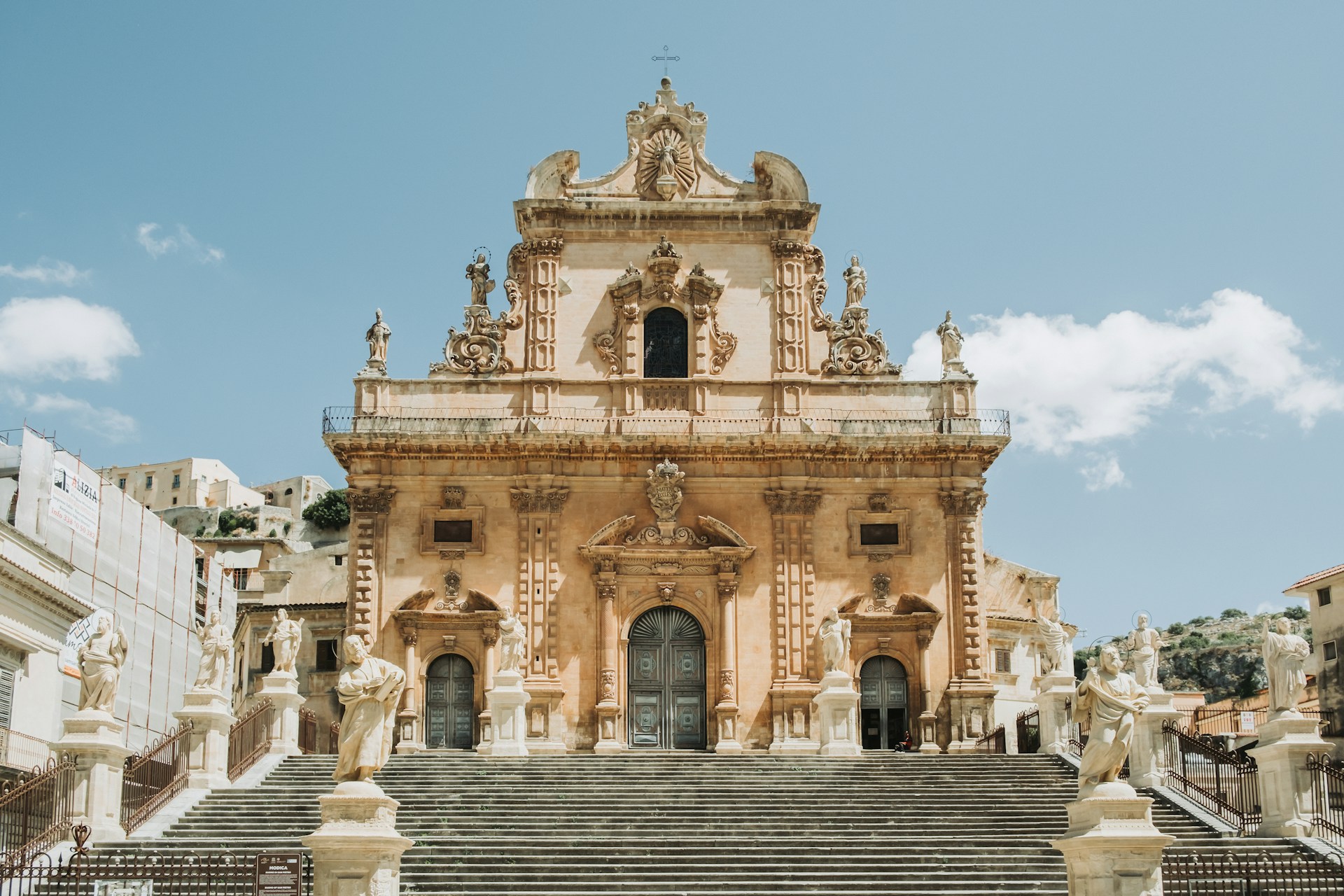Despite being listed as a UNESCO World Heritage Site, Cité Frugès remains little known by Bordeaux’s residents. I discovered it several years ago and I must admit that this architectural complex is surprising.
In the suburbs of Bordeaux, in Pessac, you’ll find Cité Frugès, a housing complex built by Le Corbusier which was finished in 1929. I’d heard about it but I’d never investigated any further until my friend William told me about it. He was the precursor to the rehabilitation and recognition of this neighbourhood which had been left derelict.
As a fan of this revolutionary architecture based on a new vision of housing, he bought an “arcade”, the name given to one of the construction types within the Cité, and embarked on renovation works before moving to live there in 1974 and having it classified by Historical Monuments in 1980. William has devoted a great deal of time to gathering material, particularly via the Le Corbusier Foundation so as not to betray Le Corbusier’s ideas. At that time, he was the only one who was concerned about the preservation of the original architecture. The neighbourhood is ruins, the houses which are still occupied have been damaged by their various owners or occupants.
I saw a rustic lamp hanging from the front of one of these houses to light the way to the front door. It’s an addition which would have made Le Corbusier scream – a betrayal of what he had done. Windows had been transformed, small extensions had been added to enlarge the houses. In defence of its occupants, it should be acknowledged that these very modern houses with bathrooms, garages, general heating, roof terraces and large bay windows, in different geometric shapes and unusual colours are quite baffling.
Over time, the houses in Cité Frugès have aged badly. The roof terraces aren’t always waterproof and rain sometimes drips into the houses. The large bay windows which let in the daylight aren’t very waterproof either, letting draughts in and causing the iron frames to rust. It all explains the temptation to transform them and change the dimensions.
I had another opportunity to find out more about Cité Frugès when I wrote an article published by the Revue Archéologique de Bordeaux (Bordeaux Archaeological Review) on decorative arts in Bordeaux at the beginning of the 20th century. Because Henry Frugès, who gave his name to this neighbourhood and who put Le Corbusier in charge, was very involved in the cultural scene in Bordeaux. This sugar dealer, who ended up ruined and used to love to paint, had a mansion built for himself, hiring the great decorators of the time to work on it. While he chose an opulent, rich style for his own home, with a mixture of Art Nouveau and Art Deco, he focused on triumphant, pared-down modernity for the houses which were built for a working-class population. The project was considered mad and the neighbourhood was known as “the rigolarium” or “Frugès’ sugar cubes”.
When I went to La Chaux-de-Fonds in Switzerland to find out more about its beautiful, style Sapin heritage (linked to Art Nouveau), I felt that I had to visit the first buildings built by Le Corbusier, when he was still called Charles-Edouard Jeanneret. A native of La Chaux-de-Fonds, it was there that he made his debut before leaving the city (following a quarrel over his building sites) and settling in France.
In recent years, the town of Pessac has acquired a “skyscraper” type of house which is open to visitors and is a part of this heritage, the exceptional character of which was recognised by UNESCO in July 2016.



